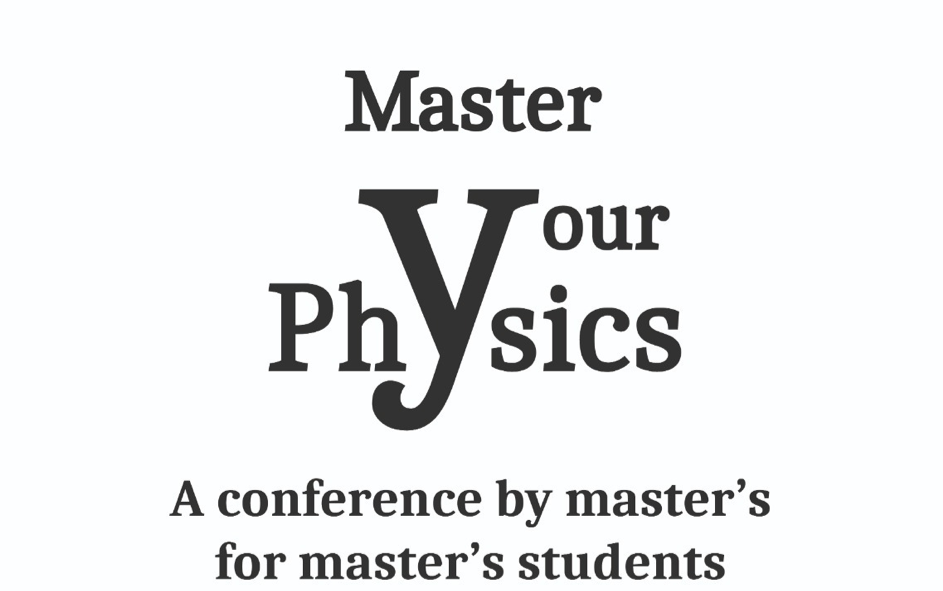Speaker
Description
Entanglement – the property that particles can share a single quantum state - is arguably the most counterintuitive yet potentially most powerful element in quantum theory. The non-local features of quantum theory are highlighted by the conflict between entanglement and local causality discovered by John Bell. Decades of Bell inequality tests, culminating in a series of loophole-free tests in 2015, have confirmed the non-locality of nature.
Future quantum networks may harness these unique features of entanglement in a range of exciting applications, such as blind quantum computation, secure communication, enhanced metrology for astronomy and time-keeping as well as fundamental investigations. To fulfill these promises, a strong worldwide effort is ongoing to gain precise control over the full quantum dynamics of multi-particle nodes and to wire them up using quantum-photonic channels.
Here I will briefly introduce the field of quantum networks. I will then discuss our most recent work, demonstrating the realization of the first multi-node network wired by quantum entanglement, based on optically connected solid-state chips, including first primitive network protocols, and provide an outlook towards the coming years.

